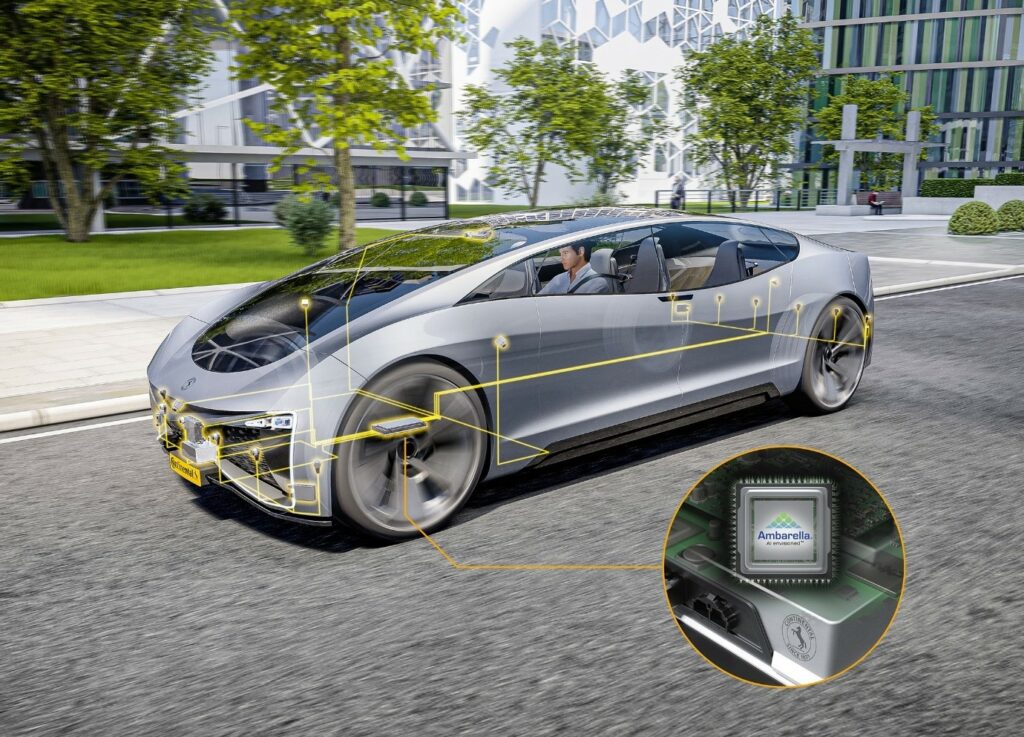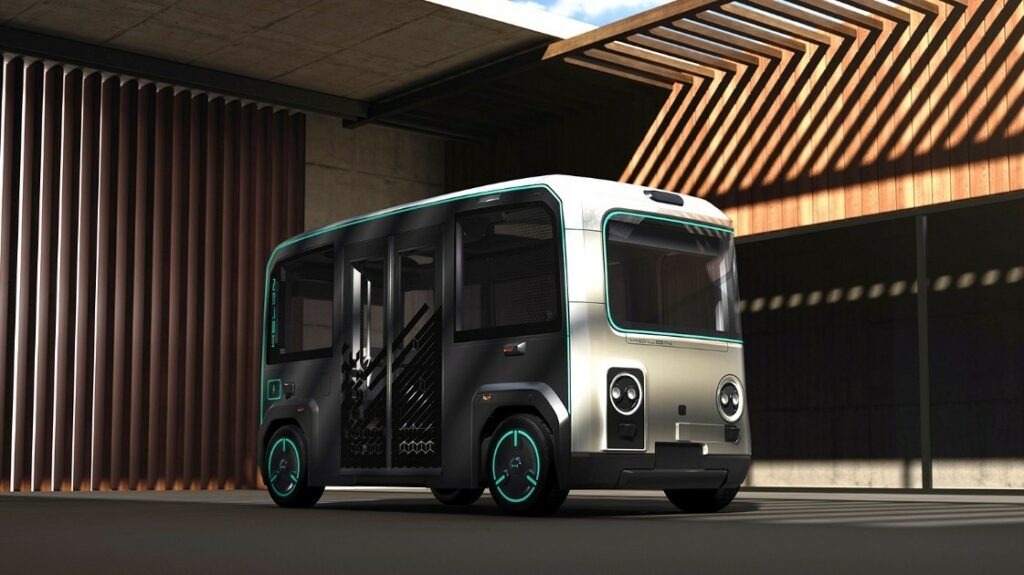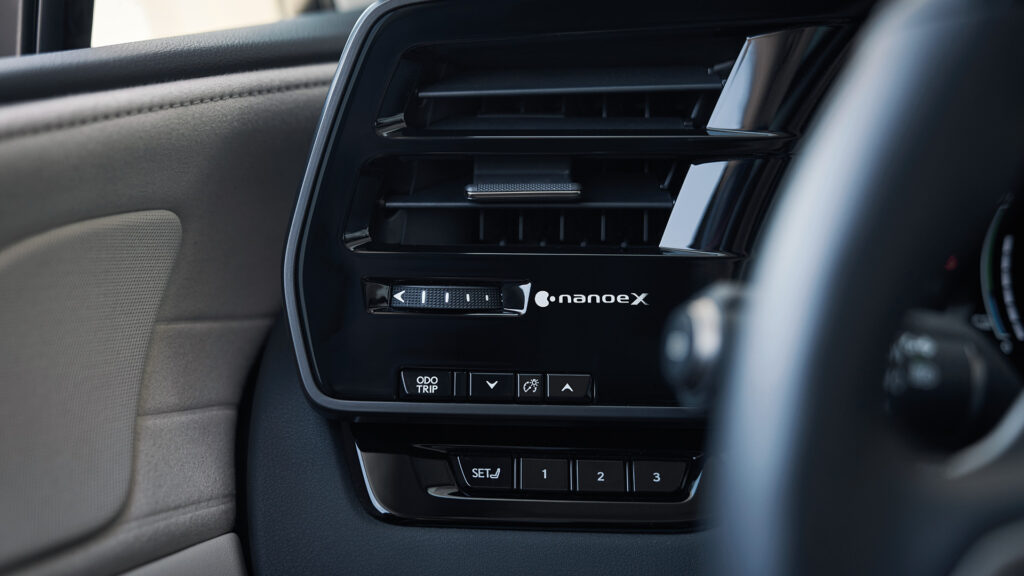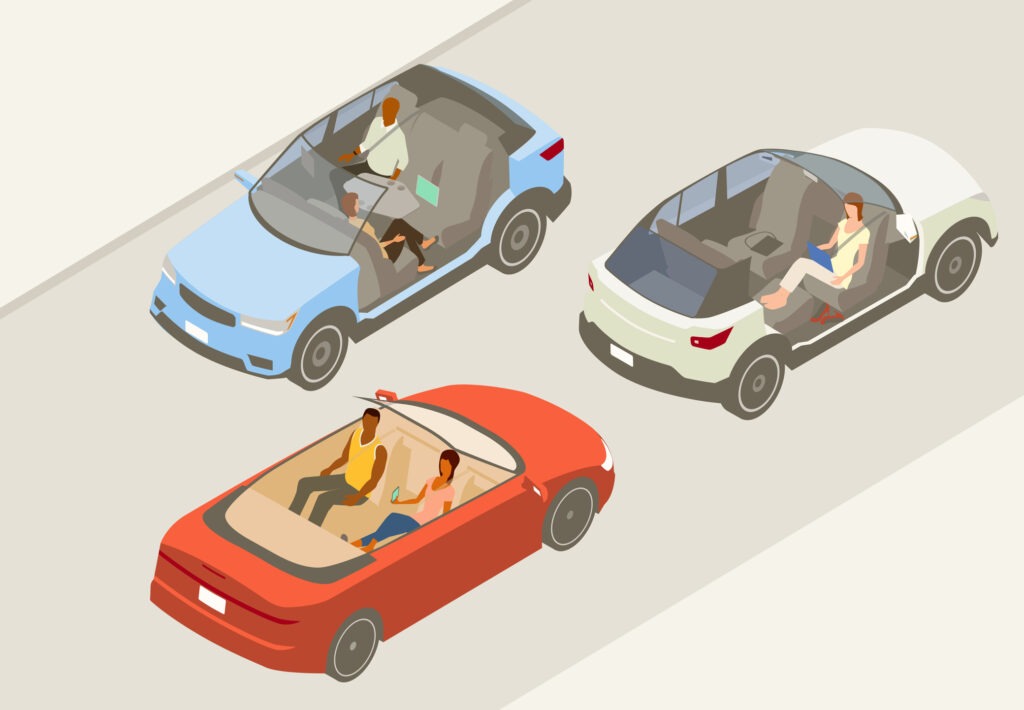Did autonomous vehicles hit the brakes at CES 2023?
13 January 2023

In recent years the Consumer Electronics Show (CES) has seen accelerating autonomous vehicle (AV) development. Autovista24 deputy editor Tom Geggus considers whether 2023’s show kept up this pace or hit the brakes.
CES 2023 featured some revolutionary automotive reveals, from ingenious infotainment systems to exciting electric vehicles (EVs). But while advanced autonomous systems featured heavily in previous shows, some companies used this year’s event to stress the need for adjusted expectations.
AV sentiment pendulum
Mobileye CEO Amnon Shashua, explained that public sentiment towards autonomous driving has been subject to a pendulum effect. He explained that four or five years ago, there was much discussion about autonomous technology being ‘just around the corner’. But now expectations had been adjusted.
‘What happened is that seven years ago, carmakers were really concerned that they would wake up one day and nobody would buy cars. Everything would be robotaxis,’ he said at the Mobileye press conference. ‘Today that concern has kind of dissipated. They understand that for any foreseeable future, people will continue to buy cars.’
However, this does not mean the robotaxis business has been compromised. In fact, Mobileye announced it had obtained a permit recommendation in Germany, allowing it to operate its AV technology. This has opened the door for it to run a robotaxi service in Munich and Darmstadt using specially-equipped Nio ES8s.
But Shashua commented that there is now new potential for the development of ‘consumer AV’. In other words, advanced driver-assistance systems (ADAS). Mobileye outlined the scaleable potential of its own ADAS technology known as SuperVision, which enables ‘hands-off’ navigation capabilities.
The technology is seeing growing demand in China. More than 70,00 Zeekr 001 owners will soon get access to an over-the-air update which will unlock mapping features. SuperVision will also feature the upcoming Zeekr 009, with other global launches taking place under the Geely umbrella.
‘No rush’
‘Right now many companies are pulling their automated driving partnerships. We stayed grounded in reality and have just supercharged our development, acquiring one of the most expert companies in artificial intelligence (AI) and ADAS,’ Carlos Tavares, Stellantis CEO, told his audience at CES 2023.
He was of course talking about aiMotive, which Stellantis finished acquiring late last year. The AI company will operate as a subsidiary of Stellantis while maintaining operational independence. While taking this company on board should help accelerate the carmaker’s autonomous capabilities, it appears Stellantis is in no hurry.
‘We are not in a rush to give autonomous features just for the headline. Trust me, there is a lot of noise out there. We are focused on what customers want and how to bring value to their day-to-day life, where safety always comes first,’ Tavares added.
The autonomous technology presented by Stellantis at CES 2023 was relatively modest. This included the ‘shadow mode’ installed in the Ram 1500 Revolution. The voice-activated feature allows the battery-electric vehicle (BEV) to follow a driver who is out on foot, walking just ahead of the pickup. This could be quite useful in commercial situations if the vehicle is carrying tools or a heavy load.
Elsewhere within the 14-brand stable, a more advanced capability was envisioned for Jeep’s future models. For example, its autonomous off-road system would allow users to leave their vehicle at the beginning of a trail, only to have it pick them up further on.
Suppliers and autonomous technology
Valeo demonstrated the capabilities of its third-generation lidar laser scanner. This essential sensor component allows carmakers to achieve approval for SAE Level 3 driving autonomy. Stellantis will fit this technology to multiple models, which can be expected to feature from next year.
The supplier also brought a new piece of technology to the show, called Pantomime. The system uses an algorithm to understand the movements of vulnerable road users, such as cyclists, as well as visual commands from the police. This will allow automated vehicles to better understand their surroundings and anticipate road events.
Elsewhere at CES 2023, Magna and LG announced a new technical collaboration. The companies will develop a proof of concept for an automated driving-infotainment solution. Essentially, this will bring LG’s infotainment technology together with Magna’s ADAS capabilities.

‘We are excited to work with Magna, now in the automated driving sector, to develop a proof of concept that could bring value expanding beyond our cockpit domain,’ said Eun Seok-hyun, president of LG VS company. ‘We plan to work closely together to demonstrate potential ADAS innovations that could help automakers address some of their toughest challenges.’
Continental and Ambarella, an AI semiconductor company, announced a new strategic partnership at CES 2023. The pair will develop scaleable, end-to-end hardware and software solutions based on AI for assisted and automated driving systems, on the way to autonomous mobility.

‘We are now able to offer full-stack, scaleable vehicle system solutions with the highest performance, from ADAS to high automation, thereby strengthening our leadership position in assisted and automated driving,’ said Frank Petznick, head of the autonomous mobility business area at Continental. ‘This strategic partnership with Ambarella is further expanding our broad portfolio and taking us a step closer towards Vision Zero and autonomous mobility.’
Level 4 shuttles
However, for those expecting greater levels of vehicle autonomy at CES 2023, there were several shuttle announcements. Alongside mobility service provider Beep, ZF unveiled its next-generation shuttle for urban environments and mixed-traffic locations.
The aim is for the pair to deliver several thousand shuttles to customers in the coming years. This looks to be accomplished with two models. The first will be used mainly in segregated lanes and the new model will be deployed in urban environments and mixed traffic.
The new shuttle is equipped with lidar, radar, camera, and audio systems to provide environmental detection. ZF’s virtual driver then processes all the data generated by these sensors. The shuttle offers a total capacity of 22 passengers with up to 15 seated.
‘To reduce traffic-related emissions in metropolitan areas, a reduction in motorised individual transport and a simultaneous expansion of more sustainable, efficient, comfortable, and affordable mobility options are required,’ said Torsten Gollewski, executive vice president of autonomous mobility systems at ZF
Holon also unveiled its Level 4 autonomous and electric mover at CES 2023. The vehicle can carry 15 passengers, achieve a maximum speed of 60kph, and a range of about 290km. Targeted applications for the mover include ride-pooling and ride-hailing, as well as scheduled services.
The first pilot project has already been confirmed in Germany by Hamburg’s Hochbahn, the country’s second-largest mass transit company. In the US, Beep will be implementing the first vehicles. Other areas of application include private institutions such as campuses, airports and national parks.

‘Our mover is an answer to social megatrends: urbanisation, climate change, demographics – mobility needs to change,’ said Marco Kollmeier, managing director of Holon. ‘With our mover, we are proving that emission-free, safe, comfortable and inclusive passenger transportation is possible.’
So much for slow
While carmakers implement ADAS technology and L4 systems appear reserved for commercial applications, there is one rapidly moving area of vehicle autonomy. The Indy Autonomous Challenge (IAC) used CES 2023 to prove once again what ‘self-driving’ vehicles are capable of.
The winning car from team Polimove, hit speeds of nearly 290kph, achieving a new autonomous speed world record for a racetrack. Using the Dallara AV-21, nine teams from 17 universities took part in the single-elimination tournament.
‘We are harnessing the power of head-to-head competition to push and test the limits of autonomous driving to further the state-of-the-art technology in safety and performance of automated vehicles, and today we snagged yet another world record,’ said Paul Mitchell, IAC president.
Autonomous vehicle users would rightly baulk at being on board a ‘self-driving’ vehicle travelling at such speeds, but it proves just what these systems are capable of. In the meantime, any technological advances made by IAC could help accelerate the development of other autonomous vehicles.



